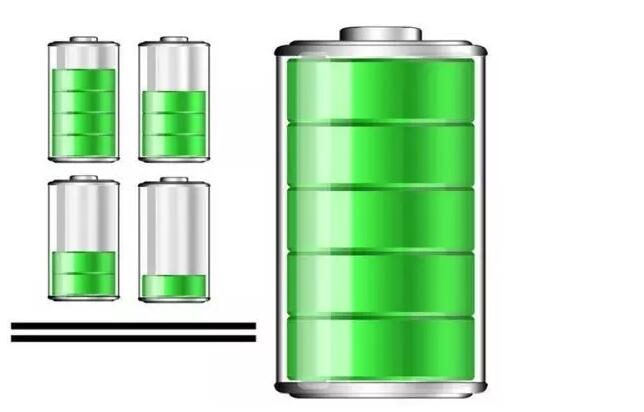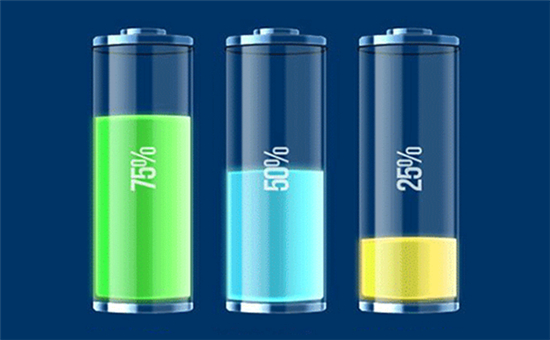Lithium Ion Battery Voltage Versus Capacity
May 29, 2019 Pageview:1695
While charging and discharging batteries is regarded as a chemical reaction by some many battery professionals, lithium-ion batteries are usually claimed to be the exception to this rule.
Basically, all battery scientists analyze and give talks on the energies that flow in and out of the battery as a part of the ion movement between cathodes and anodes.
While this claim has practically carried many merits, however, if the scientists were entirely right, it would mean that batteries would be in existence forever and never get to fade out.
Nonetheless, these battery scientists heap blames of the capacity fade on the ions that are getting trapped.
However, with every battery systems, internal corrosion and some other degenerative impacts practically known as a parasitic response on both electrodes and electrolytes have their own roles to play.

Lithium-Ion Battery Voltage Versus Capacity Study
Studies have shown that lithium-ion chargers are voltage limiting devices that have peculiar similarities to the system of lead acid. Nevertheless, the differences with lithium-ion batteries simply lie in:
· A much higher voltage per each cell
· A tighter voltage tolerance
· The overall absence of float or trickle charger at a full charge
Moreover, as lead acid provides some form of flexibility when it comes down to cut off of voltage, the manufacturers of lithium-ion cells are highly strict on the right settings. This strictness comes from the fact that lithium-ion is not able to accept any overcharge.
Now you see that the miracle charger as it is called, that has promised to prolong the life of batteries and obtain additional capacity with both pulses and some other gimmicks does not actually exist.
Basically, lithium is simply a clean system and can only take whatever it can absorb and nothing else.
What Is The Relationship Between Charge Power And Battery Voltage?
In describing this relationship between charge power and the voltage of batteries, we will be making use of much more understandable examples to drive home the point.
Here, a battery voltage is simply analogous to the pressure that is exerted in a water hose and the current is in turn analogous to the amount of water that flows. Battery voltage is easily the pushing force
An example is a person pushing hard at the back of a bus; if he or she pushes extra hard at the back of a bus, it will still not move. This means the force is being exerted, but there is no work getting done at the end of the day.
However, when work is actually being done like moving a car, then power is being used. The battery voltage is basically the electrical power that is measured in volts while the charge power is the volume of electrons that is measured in amperes.
For a much more simpler understanding, charge power is referred to as the work executed in a unit of time while voltage is basically an electrical quantity which is not the same as either energy or charge power

How To Charge A Lithium-Ion Battery Properly
Sometimes, you may think of charging your battery like you were filling up a tub with power. All that is needed is to hook the hose up till it is finally full. While it seems like that is how it works from the outside, it is much more nuanced on the inside.
For lithium ion batteries, they basically charge in two different stages. The first stage is the process known as constant current charging.
This process is quite simple. Here, the charger for any of your device will simply apply a stable current of electricity to the battery in order to get all of its electrons right back to the anode.
In the course of this stage, the charge may likely decide on the amount of power to come out of its firehouse and begin spraying. The higher the constant current, the quicker the battery can actually charge.
Meanwhile, high voltage swift chargers such as those that are just beginning to be produced with so many of the new phones today basically take full advantage of this first stage in order to cram the juice swiftly.
And, when the lithium battery gets to seventy percent, the whole process changes and it flips over to a constant voltage charging. This is the second stage. In the course of the second stage, the charger ensures that the voltage remains the same.
The voltage here is simply the difference in current between the charger and the battery. So, it remains the same instead of keeping the current at a constant level.
Basically, this implies that as the battery nears its full mark, the current the charger is sending into it drops. As the battery is getting full, the rate in which it is charging simply slows down.
However, there are also some easy guidelines one can follow in charging batteries that are based on lithium ion. They include:
· Turn off your device or completely disconnect the load on charge in order to enable the current to reduce without any issue during saturation. This is because a parasitic load easily confuses the charger
· Charge the battery at a temperature that is moderate. Also, do not charge the battery at a temperature that is freezing
· Note that lithium-ion batteries do not necessarily need to be fully charged. Thus, a partial charge is actually better to aid longevity
· It is not every charger that implements complete topping charge, and the battery may as well not be completely charged when the ready code finally appears. Note that, even a hundred percent charge in a fuel gauge may as well be a lie and not the truth
· You should discontinue using your charger or the lithium battery if it surprisingly gets warm excessively.
· Also, you should implement some charge to a battery that is empty before storing. A forty to fifty percent SoC: state of charge is actually ideal

To Wrap It Up
In other words, charging lithium-ion batteries are much simpler than those that are nickel based. Lithium's charge circuit is direct, its current and voltage limitations are simpler to make use of than analyzing the difficult voltage signatures that change as the battery gets older.
- Prev Article: Lithium Battery Capacity Loss
- Next Article: Is it better to keep Lithium Ion Batteries charged?
Leave Message
Hottest Categories
-
Hottest Industry News
-
Latest Industry News









